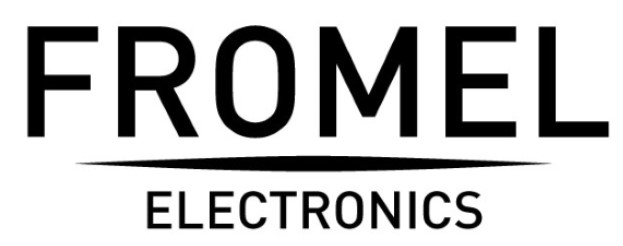News
What The Flange Is Going On Here? March 24 2020 3 Comments
Let me start this off by letting you know that I don't like most modulation type effects. Flange, chorus, and phase just aren't my style. To my ears they are either a weird texture on top of the tone that doesn't really interact with it or they just sound like the 80's. That being said, there are songs where nothing will work except for the perfect modulation sound. I think that flangers get the least love among modulation effects and I would agree with that sentiment. However, of the three I listed above, it is probably the first one I add to my pedalboard. I love the slow, subtle flange at the beginning of Brand New's "Me vs. Maradona vs. Elvis".
 But, what the heck is flange and why is it called that? According to Wikipedia* (where I get all of the useful information about anything), flange is "an audio effect produced by mixing two identical signals together, one signal delayed by a small and gradually changing period, usually smaller than 20 milliseconds". In layman's terms, flange takes your guitar signal, splits it in two, speeds up/slows down one or both, and combines those two signals back into one. This creates a "comb filter" effect where some frequencies are canceled out and others are boosted, because physics. The varying of the speed of the signal up and down gives it that back-and-forth whoosh sound.
But, what the heck is flange and why is it called that? According to Wikipedia* (where I get all of the useful information about anything), flange is "an audio effect produced by mixing two identical signals together, one signal delayed by a small and gradually changing period, usually smaller than 20 milliseconds". In layman's terms, flange takes your guitar signal, splits it in two, speeds up/slows down one or both, and combines those two signals back into one. This creates a "comb filter" effect where some frequencies are canceled out and others are boosted, because physics. The varying of the speed of the signal up and down gives it that back-and-forth whoosh sound.
The effect gets its name because it was first accomplished by playing two reel-to-reel tape recorders with the same recording into a third recorder and lightly touching the flange rims of the playing tape recorders. When the effect was reproduced in solid-state circuits in the 70's, "Flanger" sounded better than "Whooshy-Sound Machine" so the name stuck.*
A chorus effect does essentially the same thing as flange, but by using a longer delay in the modulated signal it achieves a much different sound. I think of chorus as a more subtle and rounder sound while flange is harsher and more metallic.
My brain kind of melts when I read the Wikipedia article about phase, but I'll try my best to explain. Phasers use a comb filter of sorts to cancel/boost certain frequencies like a flanger, but don't use time modulation to achieve that effect. This gives the phase effect a similar sound to the flange, but without the characteristic whoosh of the flanger.
My impetus to write this post was a Boss BF-2 I modded for a customer a few weeks ago. I made a before and after recording to see exactly what the difference was:I used JamUp XT Pro on my iPhone with an Apogee Jam interface to make these recordings. The amp simulator I used was based on a vintage Fender Deluxe and I used a Les Paul style guitar with p90s in the middle position for both recordings. If I remember correctly, I had all of the controls set to noon for both recordings as well.
My playing is pretty poor, but I can hear a clarity in the after recording that isn't present in the before recording. I can also hear a more complex and  musical interaction of the notes and signals in the after recording that I like a lot. If I were going to use this pedal on my board I would probably dial it down to a more subtle setting, but I really like how it sounds post-mod.
musical interaction of the notes and signals in the after recording that I like a lot. If I were going to use this pedal on my board I would probably dial it down to a more subtle setting, but I really like how it sounds post-mod.
What are your favorite examples of flange? How do you use flange: for the in-your-face whoosh, a more subtle texture, or something else completely?
I'm thinking I will do more of these kinds of posts as I mod different pedals for customers.
-Chris
*Any actual facts in this post are pulled from the appropriate Wikipedia articles. Any nonsense is my own.
